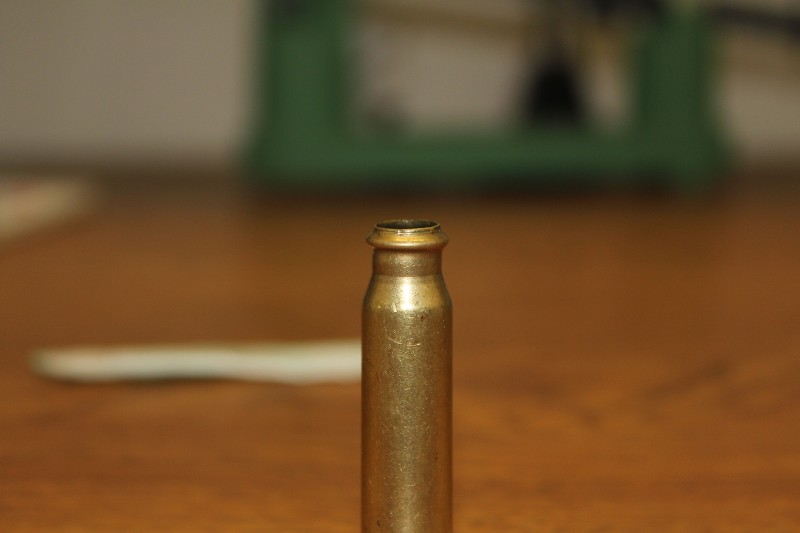I've only done it once in my life, with some case's for my 30-06 and cast bullet's. I'm sure I did a lousy job, it's a strange thing to me. I have never felt the need to anneal. I get five loads out of a case I'm good with that. I load rather hot most the time too so after five loads, my primer pocket's are getting loose. At some point the cost of case's get's down to almost zero, how much can you really save? And if you do anneal, the gas just add's to the cost of the case.
I recently got some 308 case's , once fire mil surplus they were selling, to make 243 case's from. I don't recall what they cost but just looked and don't know what kind of case's they were selling were $38 per 100. I get five reloads from them and it come's out $38 per 500, that is about .075 each! How inexpensive do you need?
As for better accuracy, I suspect that is in your head! I've seen people do different things that could effect accuracy some but you'd have to be a benchrest shooter to be able to use it. I don't do many of those secret little tricks to make my rifles shoot better but then I've got a couple 1/2" inch rifles, several 3/4" rifles and a 1 1/4 inch rifle I simply haven't worked with enough. I think it would be really hard to deal with if you found out the process only gave you .003" better accuracy! Most of us couldn't hold as close as we'd need to, even off sand bags, to do that!
Don,
I have seen first hand how much annealing helps my loads. Let me first say, that in your case, annealing may not help much. If the loads are opening up the primer pockets after 5 loads, then annealing to prolong brass life isn't practical. In my AR and AK loads, I do not anneal either because they beat the brass up so badly that after 5-6 loads, I have to junk them anyway...dents, dings, chewedup caseheads, destroyed necks etc.
But in my F-Class rifle, which is a 1/4 MOA rifle, Annealing has reduced my extreme spreads on my velocities, and it prolongs case life of cases that I have uniformed the primer pockets, turned the necks, deburred the flashholes, and sorted by case volume...That is a lot of work, and there are several culled cases once I am done. That, plus sorting bullets now, is what I have done to help ensure it is always 1/4 MOA with no flyers. I shoot F-Open so I use a front rest and rear doctor bag. At 600 or 1000 yards I can tell the difference between volume sorted cases, and consistent neck-bullet hold.
On these cartridges I anneal every single load.
Then there is lake city brass I use in my AR-10, this is the only gasser I anneal for because Lake City brass is tough stuff. It will handle hot loads for several re-loads, but the neck gets stiff. The neck will crack on full power loads before the primer pockets open up....If I anneal them every 3rd load or so, they will last for quite a while.
Everyone has their methods, and reasons they do what they do. In my opinion, there is not "accuracy enhancing" or "longevity increasing" activities that always a waste of time. It all depends on application.



